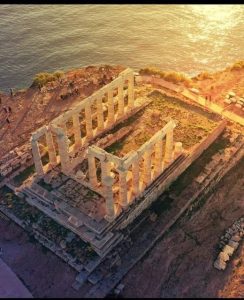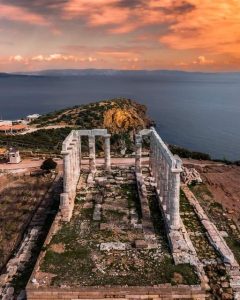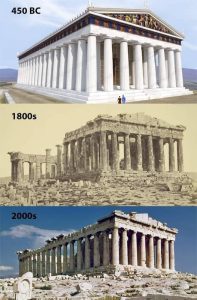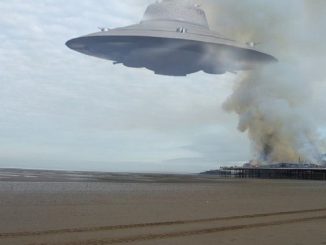Perched on the cliff at Cape Sounion, the majestic Temple of Poseidon stands as a sentinel watching over the Aegean Sea. As the sun sets, casting its golden hue across the waters, this ancient structure offers a sight that is as breathtaking today as it was over two millennia ago when it was built.
Historical Significance
The Temple of Poseidon, constructed in the mid-5th century BCE, during the golden age of Athens, was dedicated to the god of the sea. Its strategic location at the tip of the Attica peninsula served both a spiritual and a navigational purpose, guiding ancient sailors towards the safety of Athens’ shores. The temple’s ruins, particularly its iconic Doric columns, continue to evoke the grandeur of ancient Greek architecture and the civilization’s devotion to its deities.
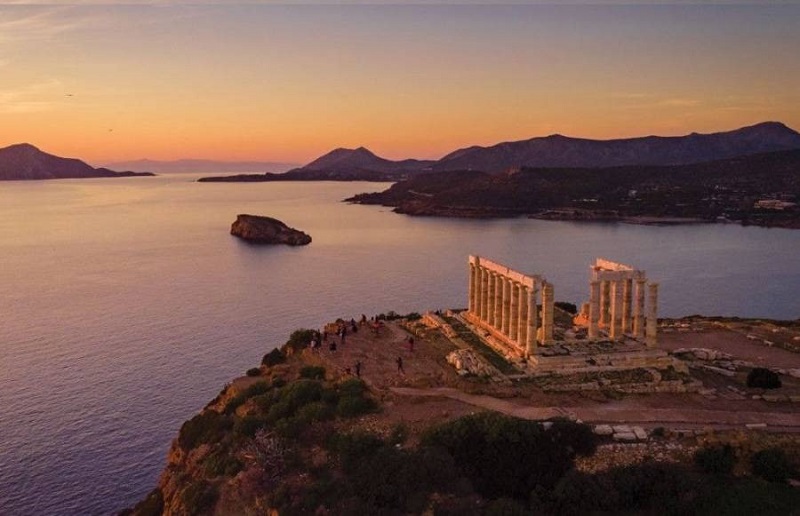
Architectural Marvel
Constructed from locally sourced marble, the Temple of Poseidon was designed to withstand the harsh marine conditions. What remains today are sixteen of the original columns, each standing at over 6 meters high, which still manage to convey the temple’s original magnificence. The temple’s orientation allows it to perfectly frame the setting sun on certain days of the year, a design possibly intended to synchronize the spiritual with the astronomical.
Sunset at Cape Sounion
The sunset at Cape Sounion, viewed from the ruins of the Temple of Poseidon, offers a unique and mesmerizing experience. The way the sun dips below the horizon, illuminating the temple’s columns with a warm, golden light, creates a picturesque scene that highlights the timeless beauty of this ancient monument. This view not only attracts tourists from around the world but also serves as a moment of reflection on the passage of time and the enduring legacy of human artistry.
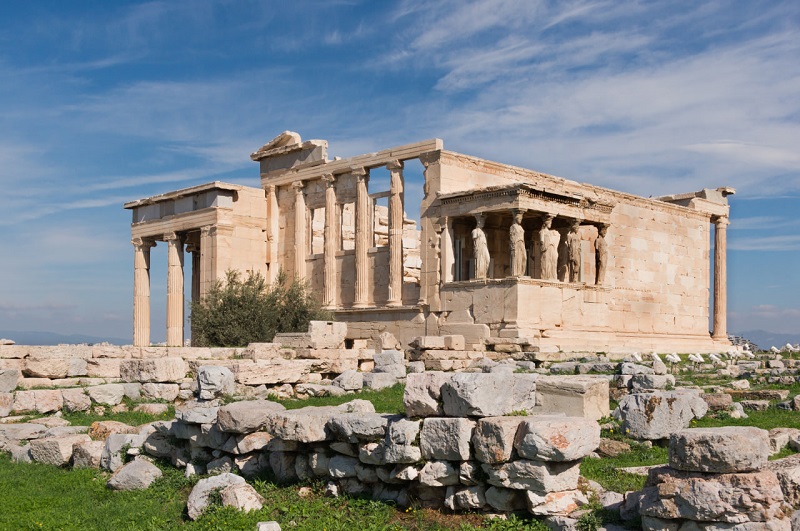
Cultural Impact
Over the centuries, the Temple of Poseidon has inspired numerous myths, poems, and artworks, cementing its place in both historical and cultural studies. The temple is not just an archaeological site; it is a symbol of Greek heritage and its lasting influence on Western civilization.
Today, the Temple of Poseidon at Cape Sounion stands not only as a testament to ancient architectural and engineering skills but also as a beacon of beauty and tranquility. It reminds us of humanity’s perpetual quest to harmonize with the natural world through art, architecture, and worship. As the sun sets behind this magnificent temple, it connects us with the ancients, who once stood at the same spot, possibly pondering the same eternal sea.

